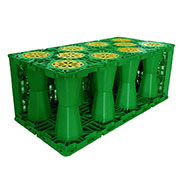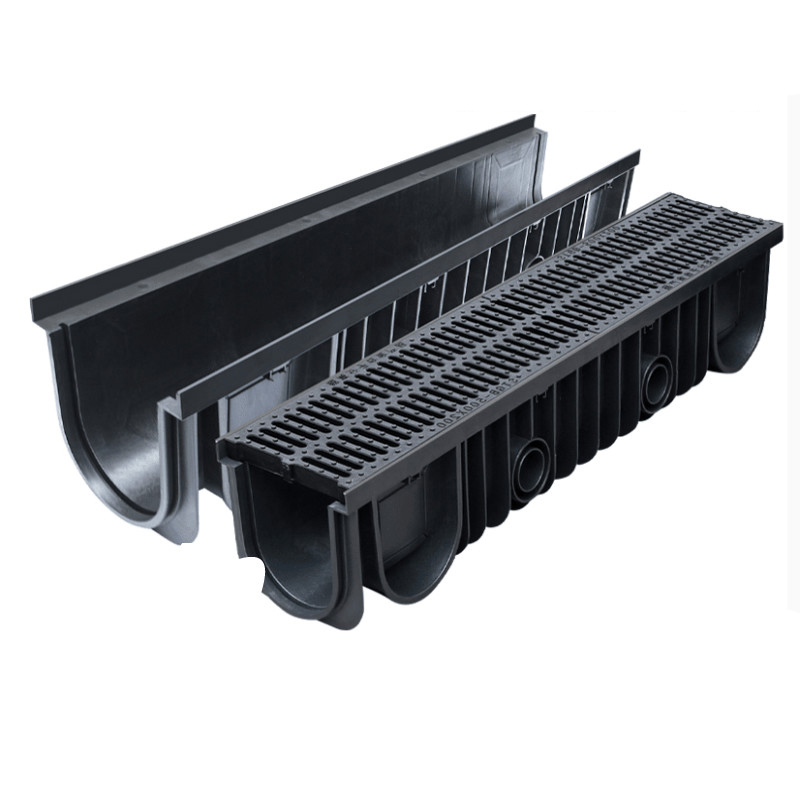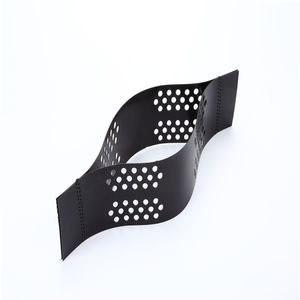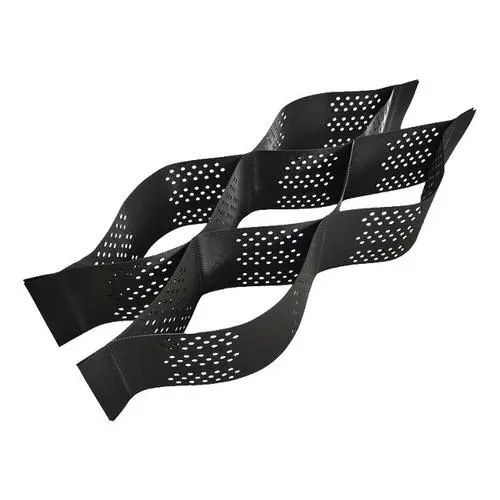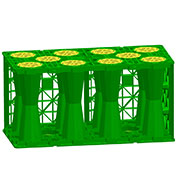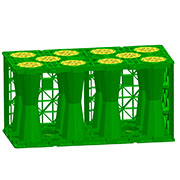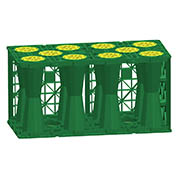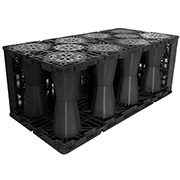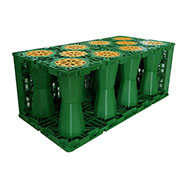Rainwater recovery and reuse system
In recent decades, with the increasingly prominent contradiction between supply and demand of water resources, more and more countries have realized the value of rainwater resources, and adopted many effective measures to make comprehensive use of rainwater according to local conditions. Rainwater utilization means collecting, storing and utilizing natural precipitation directly. Mature rainwater utilization technology has a series of stereotyped products and assembly equipment from roof rainwater collection, sewage interception, storage, filtration, infiltration, lifting, reuse to control.
1. Direct utilization of rainwater
Rainwater direct utilization refers to the direct reuse of rainwater after collection. Priority should be given to the use of miscellaneous water in residential areas, water for environmental landscape and water for cooling and recycling. Because of the uneven annual distribution of rainfall in most areas of China, direct utilization is often not the only source of water to meet the requirements. Generally, it needs to be backed up with other sources.
2. Indirect utilization of rainwater
Indirect utilization of rainwater refers to simply treating rainwater to infiltrate or recharge underground water to supplement underground water. In some areas where rainfall is low and uneven, if the economic benefit of direct utilization of rainwater is not high, indirect utilization of rainwater can be considered.
3. Comprehensive utilization of rainwater
Rainwater comprehensive utilization refers to the combination of direct and indirect utilization of rainwater according to specific conditions and the maximum utilization of rainwater on the basis of technical and economic analysis.
(1) Roof rainwater harvesting and utilization, using roof as rainwater harvesting surface for household, public and industrial non-drinking water, such as irrigation, toilet flushing, laundry, cooling cycle and other reclaimed water systems.
(2) Roof greening rainwater utilization, roof greening is a kind of reducing runoff, reducing pollution and urban heat island effect, regulating building temperature and beautifying the city.
(3) Rainwater harvesting and utilization, infiltration of green space, maintenance of green space area, and return to groundwater.
(4) Rainwater recharge groundwater. In some places where the address conditions are good, rainwater recharge is carried out to recharge groundwater artificially.
The project of rainwater recovery and utilization can be divided into three parts: rainwater collection, rainwater treatment and rainwater supply. The general pattern is to collect roof rainwater through leaky pipes, remove particulate matter from runoff through decentralized or centralized filtration, and then introduce water into reservoirs for storage, and then transport it to water units through pumps. Usually used to flush toilets or irrigate green space. The delegation visited a single-family rainwater utilization system. Rainwater was used not only to wash toilets, but also to wash clothes.
1. Rainwater harvesting
Rainwater collection and utilization, in a broad sense, includes the construction of large reservoirs, the use of river runoff and so on. There are many ways of rainwater collection, such as roof catchment, surface runoff catchment, water interception network, etc. The collection efficiency varies with the material, meteorological conditions (sunshine, temperature, humidity, etc.) and the duration of rainfall.
There are three ways to collect rainwater in construction projects: if the roof of a building is hardened, the rainwater should be concentrated on introducing green space, permeable pavement, or water storage facilities; if the ground is hardened, courtyards, squares, sidewalks, etc., permeable materials should be used first to pave or construct catchment facilities, and the rainwater should be introduced into the permeable areas or water storage facilities; if the ground is the backbone of the city. Infrastructure such as roads should be combined with greening irrigation along the line to build rainwater utilization facilities. In addition, residential areas will also install simple rainwater collection and utilization facilities, through which rainwater can be collected together, after simple filtering treatment, it can be used to build ornamental waterscape, irrigate the green space in the area, wash the road surface, or for residents to wash cars and wash toilets, which not only saves a lot of tap water, but also saves a lot of water costs for residents.
2. Rainwater Treatment
The treatment process after rainwater harvesting is similar to that of general water treatment process. The only difference is that the quality of rainwater is obviously better than that of general reclaimed water. According to the experimental study, besides the lower pH value (about 5.6 on average), the pollutants or mud sand brought by the initial rainfall are the biggest problems. General pollutants (such as leaves) can be screened out by sieve, while mud and sand can be removed by precipitation and filtration. The combination and treatment capacity of these equipments need to be adjusted in consideration of economic and catchment conditions.
Processing methods and devices depend mainly on:
(1) catchment mode;
(2) The purpose of rainwater harvesting and water quality treatment;
(3) Collection area and rainwater discharge;
(4) Construction plan and related conditions;
(5) Economic capacity and management and maintenance conditions.
The process of roof rainwater collection and utilization system is as follows:
The rainwater treatment equipment includes a screen trough and two sedimentation troughs. The bottom of the sedimentation tank is provided with a cleaning sludge discharge pipe, which is used to facilitate the cleaning and removal of sludge at the bottom of the tank and to maintain the circulation of the sedimentation tank.
3. Rainwater supply
The use of rainwater, before being properly treated (such as disinfection, etc.), is generally recommended to replace water that is not in contact with the human body (such as sanitary water, watering flowers and trees, etc.). The collected rainwater can also be elevated to the water tower on the top floor by water pump after treatment and storage for toilet flushing. In addition, water in contact with people is still supplied by tap water.
Rainwater can be used not only as street toilet flushing water, but also as other water such as air conditioning cooling water, fire fighting water, car washing water, flower and grass irrigation, landscape water, road cleaning and so on. In addition, it can also be treated and disinfected for residents to drink.
There are many mature cases of urban rainwater utilization. Rainwater harvesting and utilization system in London Century Dome. The Century Dome Demonstration Project was built in London in 2000. The project covers an area of 100,000 m2, equivalent to the size of 12 football fields. The designer will collect rainwater from the dome cover and treat it in the reed bed. The treatment process includes two reed beds (each with a surface area of 250 m2) and a pond (with a volume of 300 m3). The rainwater utilization is organically combined with the ecology, reflecting the harmony between man and nature.
More and more people pay attention to rainwater reclamation and reuse because of the increasing demand for energy saving. Nowadays, many related equipment manufacturers can be found on the Internet, but few of them really understand the rainwater recovery system.







